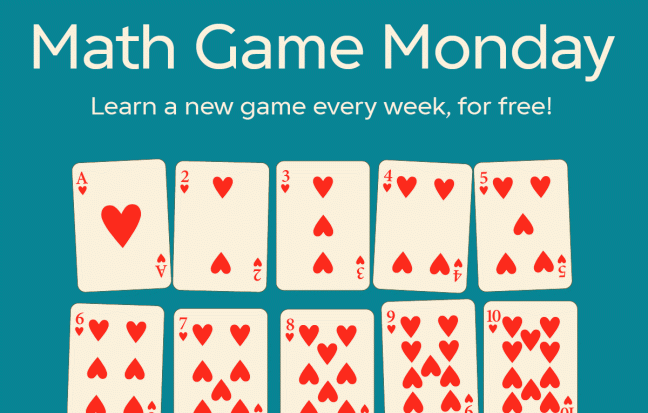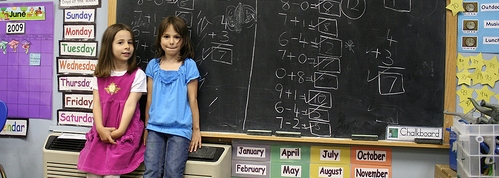[Photo by woodleywonderworks.]
The question came from a homeschool forum, though I’ve reworded it to avoid plagiarism:
My student is just starting first grade, but I’ve been looking ahead and wondering: How will we do big addition problems without using pencil and paper? I think it must have something to do with number bonds. For instance, how would you solve a problem like 27 + 35 mentally?
The purpose of number bonds is that students will be comfortable taking numbers apart and putting them back together in their heads. As they learn to work with numbers this way, students grow in understanding — some call it “number sense” — and develop a confidence about math that I often find lacking in children who simply follow the steps of an algorithm.
[“Algorithm” means a set of instructions for doing something, like a recipe. In this case, it means the standard, pencil and paper method for adding numbers: Write one number above the other, then start by adding the ones column and work towards the higher place values, carrying or “renaming” as needed.]
For the calculation you mention, I can think of three ways to take the numbers apart and put them back together. You can choose whichever method you like, or perhaps you might come up with another one yourself…
Continue reading Mental Math: Addition








